Is Rhinoplasty Dangerous? Rhinoplasty, like any surgical procedure, carries some degree of risk. However, when performed by a qualified and experienced surgeon in an accredited surgical facility (such as Dr. Frati), rhinoplasty is generally considered safe. Here are some factors to consider regarding the safety of rhinoplasty:
Surgical Risks
- Bleeding: Excessive bleeding during or after surgery is possible but rare. Surgeons take precautions to minimise bleeding during the procedure.
- Infection: While infections are uncommon, they can occur following surgery. Surgeons prescribe antibiotics and provide post-operative care instructions to reduce the risk of infection.
- Anaesthesia Risks: General anaesthesia is typically used for rhinoplasty, and there are inherent risks associated with anaesthesia. However, anaesthesia is administered by qualified anaesthesia providers who monitor the patient’s vital signs throughout the procedure.
- Nasal Airway Obstruction: In some cases, nasal congestion or airway obstruction may occur temporarily after surgery. This is usually due to swelling and resolves as the nose heals.
- Complications: Rare complications such as adverse reactions to anaesthesia, blood clots, or unfavourable scarring may occur but are extremely rare.
Surgeon Expertise and Experience
- Choosing a Qualified Surgeon: The safety and success of rhinoplasty depend largely on the skill and experience of the surgeon. Patients should choose a board-certified plastic surgeon or facial plastic surgeon with extensive experience in rhinoplasty procedures.
- Preoperative Evaluation: A thorough preoperative evaluation helps identify any potential risk factors or contraindications for surgery. Surgeons assess the patient’s medical history, anatomy, and aesthetic goals to ensure a safe and appropriate treatment plan.
Patient Factors
- Health Status: Patients should be in good overall health and disclose any pre-existing medical conditions, allergies, or medications to their surgeon.
- Smoking: Smoking can increase the risk of complications and impair healing. Surgeons typically advise patients to quit smoking before and after surgery to minimise risks.
- Compliance with Postoperative Instructions: Following the surgeon’s postoperative instructions regarding rest, wound care, and activity restrictions is crucial for a safe and smooth recovery.
Accredited Facilities
- Surgical Facility Standards: Rhinoplasty should be performed in an accredited surgical facility equipped with the necessary infrastructure and trained personnel to ensure patient safety.
- Emergency Preparedness: Accredited facilities have protocols in place to handle any emergencies that may arise during surgery or the immediate postoperative period.
Conclusion for is rhinoplasty dangerous
While rhinoplasty in Manchester and London carries some inherent risks, is rhinoplasty dangerous still in 2024? Well, the procedure is generally safe when performed by a skilled and experienced surgeon in a suitable surgical environment. Patients should thoroughly research their surgeon, understand the potential risks and benefits of the procedure, and follow preoperative and postoperative instructions to minimise risks and achieve optimal outcomes. Contact us if you need any rhinoplasty cost help, or have any other queries around if rhinoplasty is dangerous, or any other general rhinoplasty queries such as open rhinoplasty, closed rhinoplasty, or any type of ethnic or Asian rhinoplasty.
